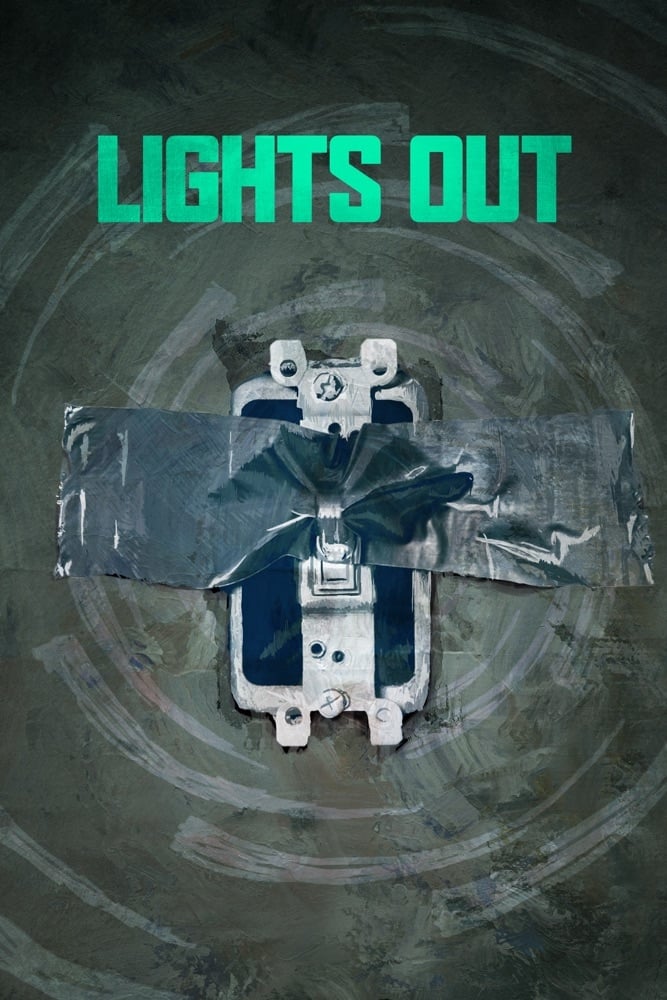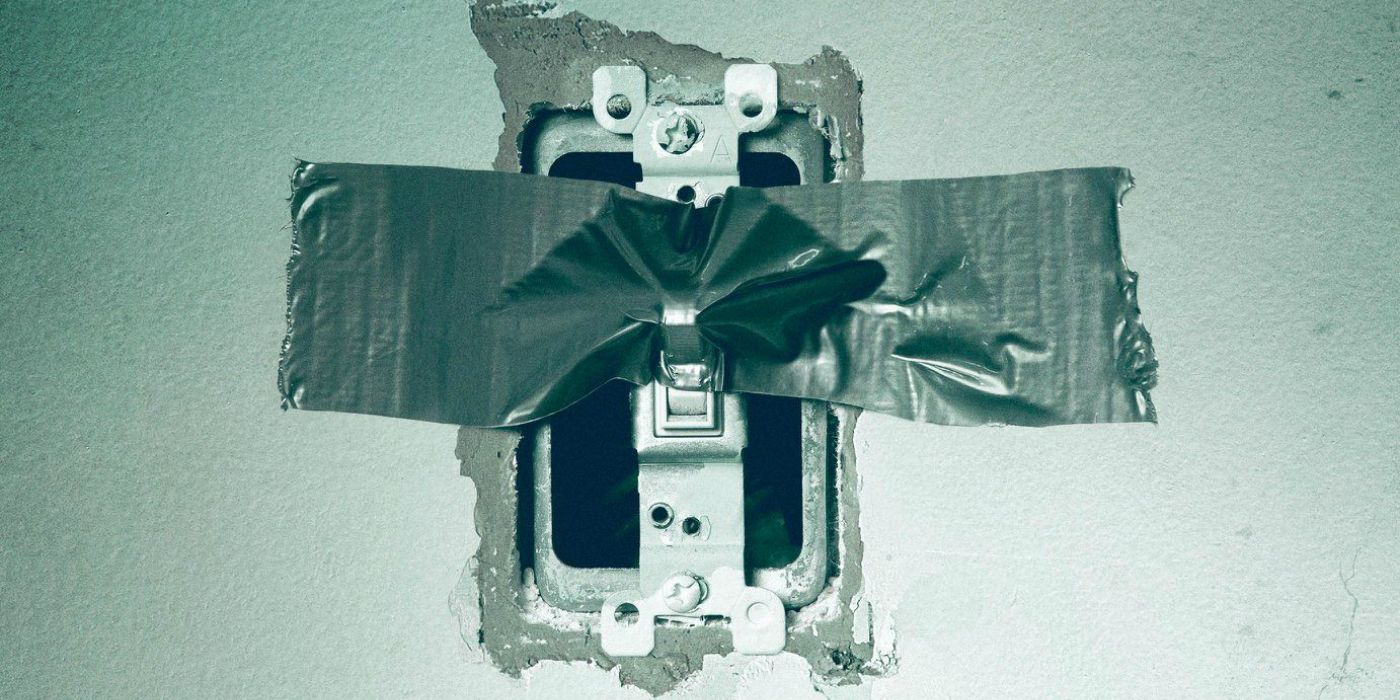

As a designer, you can never be certain if your ideas are strong enough to stay popular for a century, but those that do are typically the ones that are ahead of their time. Take the font, for example-even though it’s nearly 90 years old, it looks like the kind of logo you might see on a hair metal band’s album in the ’80s or even one of today’s graphic novels. Not only is it an art deco masterpiece, the poster blends the style of the ’20s with a taste of what’s to come in the future. Only four surviving originals are known to exist, one of which was reportedly valued at over $1 million in 2012. In fact, the poster is even more valuable than the silent movie it advertises. Metropolis (1927)įritz Lang’s Metropolis is the oldest film in our countdown and a great example of classic cinema-and we think this movie poster had something to do with that longevity. Want to see how these designs have contributed to the evolution of movie posters over the years? Take a look at this easy-to-download summary graphic. So what makes the best movie posters so iconic? And how do you apply their positive traits to your own designs? The only way to find out is to study the greatest movie posters ever made. And in twenty years, they’ll probably still be hanging on our walls. These are the kind of designs that will last for generations (in fact, some already have). Where some do less than impress, others shine brightly like a homing beacon, calling designers to a higher standard. With many designers already questioning whether the future of movie posters is in jeopardy, our blog seemed like further proof that this art form is on its last legs.īut movie posters are just like any other print design.

Palmer and Maria are also effective in their respective roles.We recently rounded up some of the worst movie posters of all time to show you what not to do when you tackle a design project. Perhaps he'll excel in the upcoming Annabelle sequel which has a premise with lots of potential.

Sandberg tries his best to keep the concept going however and his direction shows promise. The short story succeeds precisely because the initial scare is clever and the concept holds steam within the few minutes the story takes to finish - however, this feature length Lights Out loses steam, purely because whilst the initial scares are cleverly put together, the audience becomes so familiar with the concept that the would-be scares no longer terrify, but in some instances become comical. This presence can only be seen - yep you guessed it - when the lights are out. It tells the story of a mother (Maria Bello) and daughter (Teresa Palmer) and their estranged relationship, brought about in part by the mother's mental illness and also a ghostly presence that has latched itself on to the mother.


 0 kommentar(er)
0 kommentar(er)
